“`html
Windows 10 End of Life: Navigating Your Options
As we approach the October 14, 2025, deadline for the end of Windows 10 support, many users are facing critical decisions about their operating system. Despite the release of Windows 11 back in 2021, Windows 10 remains the most widely used OS. This article from KEYS GALAXY will walk you through your options and what you need to consider.
Why Are Users Still on Windows 10?
The primary reason users haven’t upgraded to Windows 11 is the stringent system requirements. These include:
- Secure Boot: Must be enabled.
- TPM (Trusted Platform Module): Required, and often a newer version.
- CPU: Generally needs to be 8th generation or newer.
Many older PCs simply cannot meet these standards, making a direct upgrade to Windows 11 impossible. This is particularly concerning because new PCs often ship with Windows 11 pre-installed, skewing the adoption rate.
Windows 10 End of Support: What Should You Do?
With the end of Windows 10 support on the horizon, here are some options we, at KEYS GALAXY, recommend:
1. Windows 10 LTSC (Long-Term Servicing Channel)
Windows 10 LTSC is an excellent option if you want to stick with Windows 10. It provides extended support until 2029 or 2032. This could be the ideal route if you want to extend the life of your existing hardware and continue working on the familiar Windows environment.
2. Windows 11 (Including LTSC)
You can install Windows 11 on unsupported hardware by bypassing system requirements. Microsoft even provides guidance on how to do this, though they don’t take responsibility for any issues. This route can work, but you may face potential future compatibility concerns. The Windows 11 LTSC edition also has optional system requirements, so you can install it even if you don’t meet the requirements of the standard version. For the official information you can check Microsoft
LYKLAR GALAXY ensures you receive your original software licenses swiftly and digitally for a smooth upgrade process.
3. Explore Linux Distributions
Linux is a viable alternative to Windows, with options like Ubuntu offering good app support. However, Linux has a steep learning curve. It requires time and dedication, and you might not have the same software support as Windows, especially for specific professional programs. You should be aware that some updates on Linux can sometimes cause issues for the user.
4. Chrome OS and Chromium OS Forks
Chrome OS is lightweight and fast, primarily operating through a web browser. Chrome OS Flex officially supports PCs but lacks Android app support. Alternatives like the Fos operating system, also based on Chromium, support both Android and Linux applications.
Why Stick With Windows?
Despite its flaws, Windows remains popular for its good software and hardware support, ease of use, and overall stability. While alternatives exist, many users may prefer sticking with the familiar Windows experience.
KEYS GALAXY Advantage
Kl LYKLAR GALAXY, we provide original software licenses digitally and very quickly. For a seamless transition or a fresh install, we’ve got you covered. Visit KEYS GALAXY for more information.
Algengar spurningar (algengar spurningar)
Niðurstaða
The end of Windows 10 support presents significant choices for users. Whether opting for Windows 10 LTSC, exploring Windows 11, diving into Linux, or trying Chrome OS, informed decisions are vital. LYKLAR GALAXY is here to assist you with your software needs, offering original licenses for a smooth and secure transition.
Leitarorð
- Windows 10 end of support
- Windows 10 LTSC
- Windows 11 uppfærsla
- Windows 11 LTSC
- Linux alternatives
- Chrome OS
- LYKLAR GALAXY
- Stýrikerfi
“`

